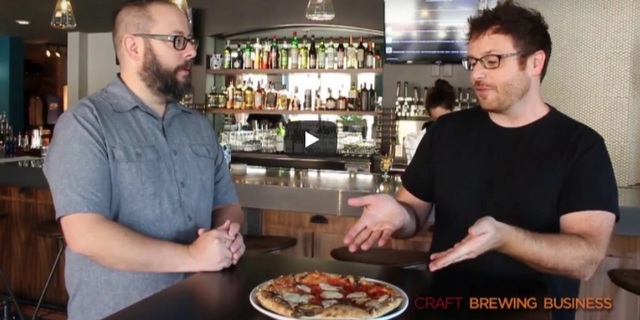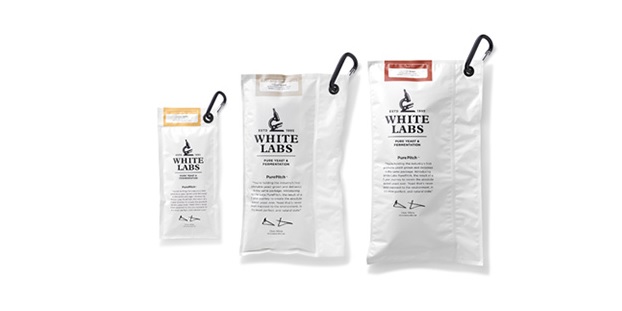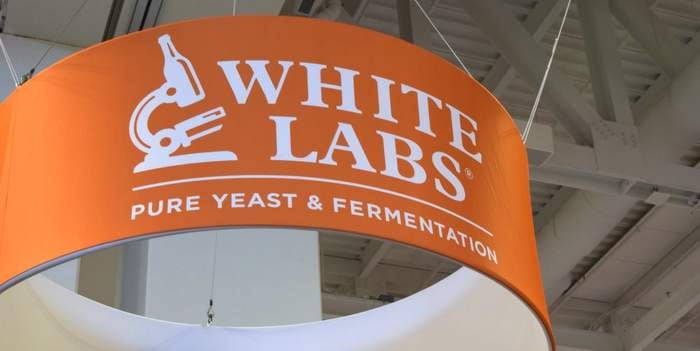Yeast. Nature’s lovable microscopic fungus, and a brewer’s favorite microorganism. Via the fermentation process, strains of these single-celled superstars convert carbohydrates to carbon dioxide (used in baking) and more importantly alcohols (used in brewing and beyond). These tiny living creatures have existed on earth for hundreds of millions of years, and today they are crucial partners in the creation of beer, and beer, as we all know, is one of the few things worth waiting hundreds of millions of years for.
These strains of yeast come with cool titles — like Saccharomyces pastorianus, Saccharomyces cerevisiae, Brettanomyces bruxellensis and Dekkera anomala. These fungi can be both cultured or found in wild, and those strains that are captured directly via mother nature usually have a good story to tell. Take these tales for instance: yeast found in a Civil War hero’s old dusty trunk; yeast from the beard of Rogue Ale’s Brewmaster John Maier; or rare mother yeast discovered in Patagonia.
The next narrative in yeast’s adventure story comes from a collaboration beer between the great Danish craft brewery Mikkeller, which has locations in San Diego and New York, yeast- and fermentation-producers White Labs and the Diving Team Ternen. Wreck Ale is the name of this new historical beer. The yeast comes from beer found at the bottom of the sea in the shipwreck S/S Neva. Enjoy this story from Mikkeller’s site.
In 1861 the ship S/S NEVA was on her way to St. Petersburg, Russia, including ale from more than 30 breweries. Off the coast of the Danish island Laesoe she met the Danish S/S L.N. Hvidt in stormy weather. NEVA’s captain North misunderstood the signals from L.N. Hvidt and was hit hard by the Danish vessel. S/S NEVA went down in less than 10 minutes, all hands were saved by L.N. Hvidt.
More than 150 years later the Danish diving team Ternen, lead by the cultural explorer and treasure hunter Stig Thornsohn, found the golden drops of beer from Hull, England, brewed in 1861. The yeast had survived 70 meters at the bottom of the sea. When the team pulled up the first couple of bottles they popped open, but they managed to find a way to salvage the rest, so that the liquid stayed inside.
“The old wrecks have so many good salty stories to tell, and we thought it would be a unique opportunity to let people taste history,” says Stig Thornsohn, Dive Team Ternen Project director.





Leave a Reply
You must be logged in to post a comment.